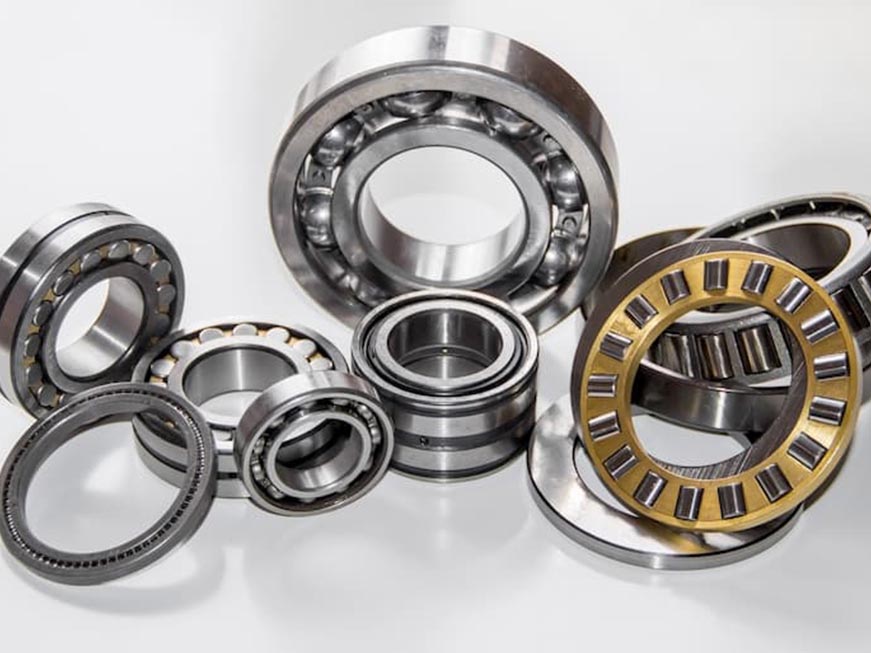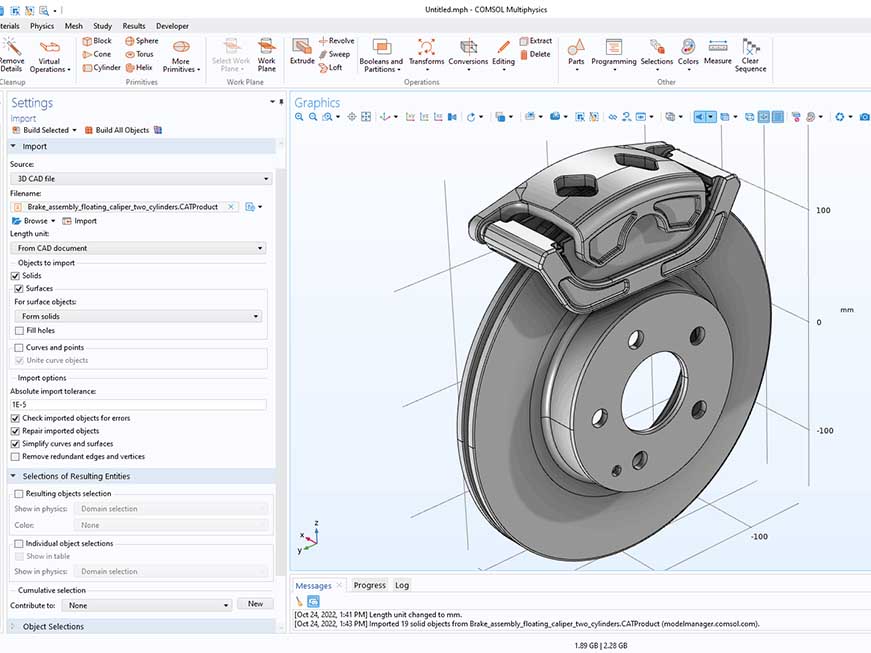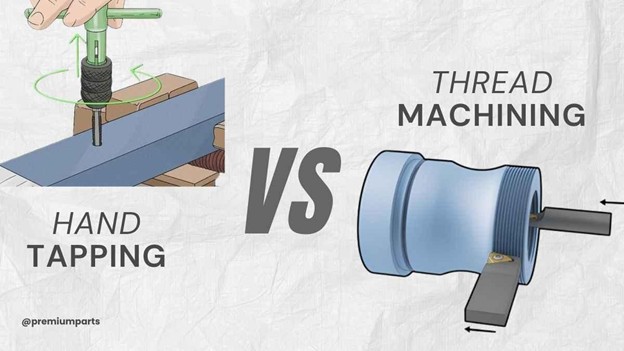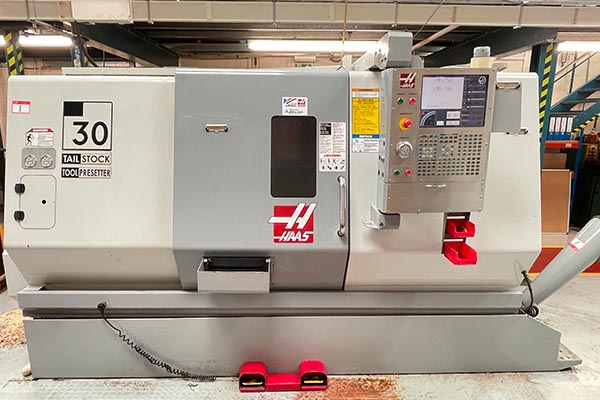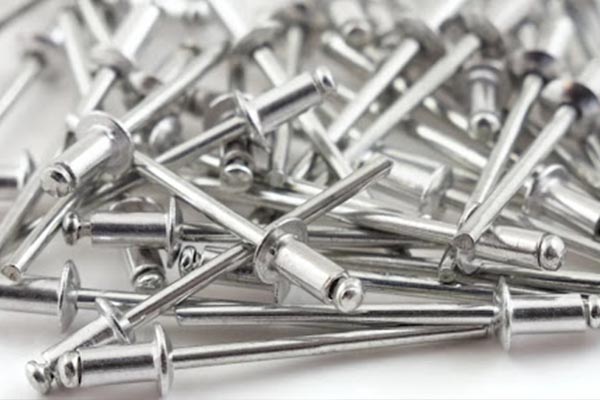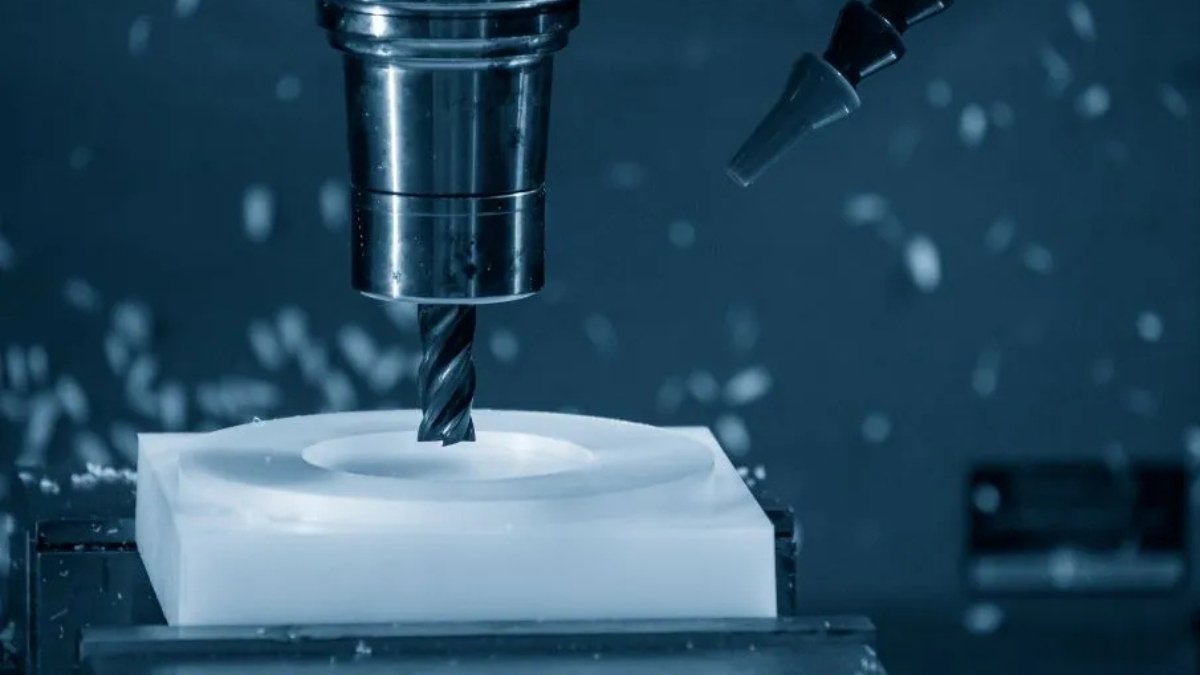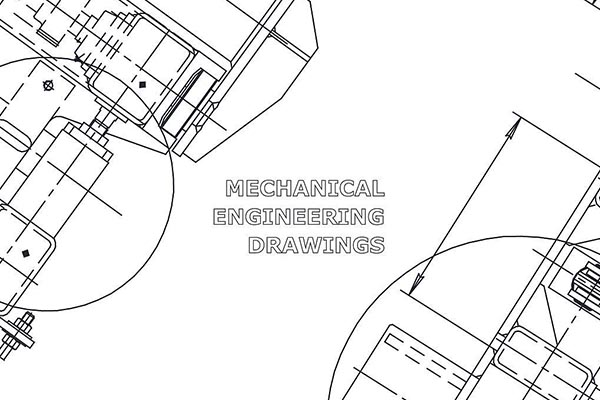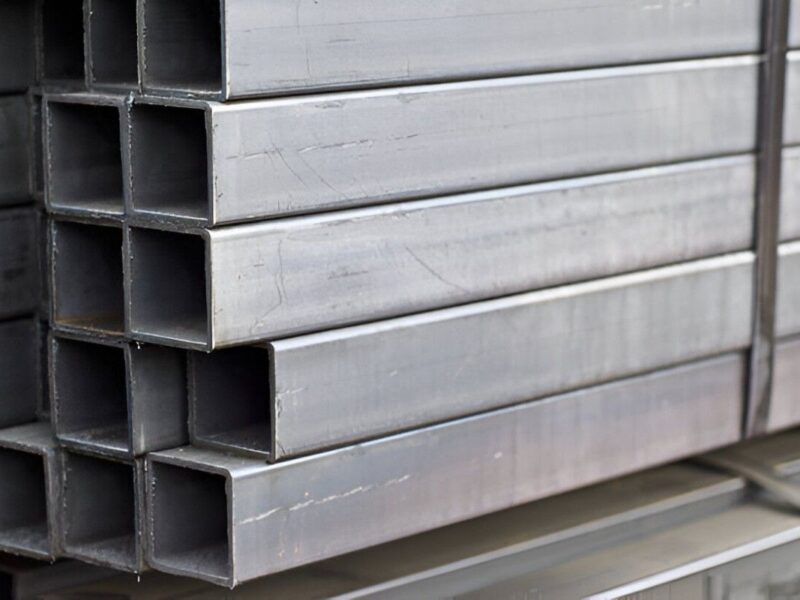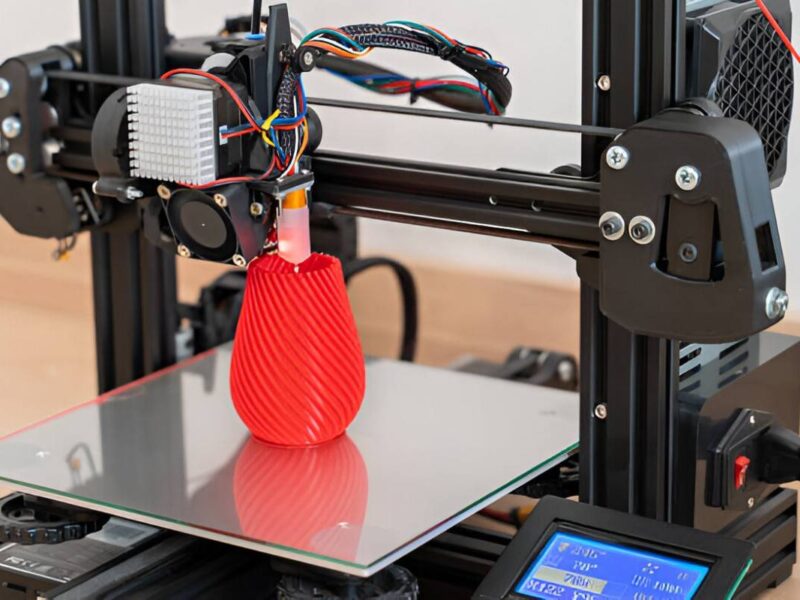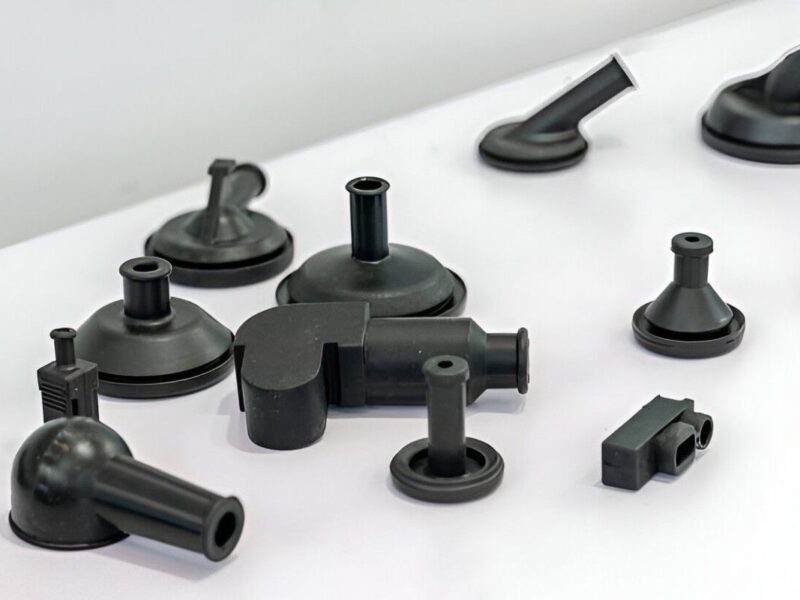High-density polyethylene (HDPE) is almost everywhere you look—milk jugs, detergent bottles, water pipes, and cutting boards. The material is credited with its durability, lightweight, and chemical resistance, making it one of the most trusted in modern industrial manufacture. The injection molding is the process that unleashes its true potential.
Injection molding transforms HDPE from raw granules to precision/engineered components that fit specifications. This method is fast and scalable, great for prototyping, and suitable for mass production. That’s the reason why consumer goods to automotive industries trust it to build products, not just functional, but also efficient.
At Premium Parts, we don’t simply mold HDPE, we engineer it with precision, speed, and consistency. With us, regardless of whether you are producing a single custom part, or tens of thousands, every component is guaranteed to meet your needs and work in the real world.
In this guide, we’ve covered everything you need to know about HDPE injection molding, including the material, steps of the process, design tips, and how we help make your project a success.
What is HDPE? A Quick, Practical Overview
High-Density Polyethylene (HDPE) is a thermoplastic polymer made from petroleum. It is famous for its outstanding strength-to-density ratio that can bear huge loads without unnecessary weight. It makes it ideal for parts that need to be tough, light, and reliable.
HDPE is different from other types of plastics that are prone to cracking when subjected to pressure or become brittle with time; it is resilient under extreme conditions. It repels moisture, chemicals and impact – qualities that manufacturers adore when consistency and longevity are at stake.
Core Properties of HDPE:
- High impact resistance
- Excellent chemical stability
- Low water absorption
- Good electrical insulation
- UV-resistant grades available
HDPE is a material of choice in:
- Food and beverage packaging
- Automotive components
- Industrial piping
- Medical containers
- Consumer electronics housings
HDPE is not only hard but also flexible when heated. That is why it is perfect for injection molding. Its melt flow characteristics enable it to fill complex mold shapes. Then it cools down to a strong final form.
At Premium Parts, we only use high-grade HDPE resins, which we optimize to suit the flow rate, shrinkage profile, and cooling characteristics of each injection cycle. This assures that parts aren’t merely functional; they’re enhanced for performance and efficiency.
Why HDPE Injection Molding Matters in Manufacturing
In today’s fast-paced product development cycle, manufacturers not only need superior materials but also processes that provide speed, precision, and scalability. HDPE injection molding is especially effective in meeting these demands.
HDPE’s properties make it an ideal choice for injection molding. When HDPE is heated and alloyed, it becomes fluid enough to be poured into intricate molds. Once cooled, it retains its toughness and dimensional integrity. The efficiency of injection molding results in a manufacturing solution that excels in high output, repeatability, and cost control.
Key Benefits of HDPE Injection Molding:
- Scalable Production: Whether you need 100 parts or 100,000, injection molding meets demand without sacrificing quality.
- Tight Tolerances: Ideal for parts that require dimensional precision or interlocking assemblies.
- Short Cycle Times: HDPE cools quickly, which reduces mold cycle times and boosts throughput.
- Low Per-Part Cost: Once the mold is created, each unit becomes increasingly affordable.
- Surface Finish: Compatible with textured, matte, or smooth finishes depending on design needs.
Consider how steady production impacts industries like automotive fittings, consumer packaging, and industrial seals. These sectors require high-volume runs of durable parts. To achieve performance and productivity, they utilize HDPE (high-density polyethylene) and injection molding.
At Premium Parts, our team goes beyond merely pouring and pressing parts; we collaborate with you from design to delivery. Whether you’re creating your first prototype or are in full production, we help you identify the optimal molding process to ensure maximum output and minimal waste.
The HDPE Injection Molding Process: A Step-by-Step Breakdown
The appreciation of the molding process allows for smarter design, reduced lead times, and fewer costly errors. This provides an inside look into the HDPE injection molding workflow and how Premium Parts optimizes each step.
1. Material Preparation
HDPE resin is initially checked for drying, weighed, and loaded into the hopper if necessary. Material purity is critical, as contaminants can cause erratic flow, warping, or surface defects.
2. Melting & Injection
The resin is transported into a heated barrel, where it is melted at temperatures ranging from 350°F to 500°F, depending on the grade. A precision screw then pushes the molten HDPE into a custom-designed mold at a controlled pressure and speed. This stage determines the accuracy of the part and the quality of its surface.
3. Mold Filling & Holding
After a cavity is filled, pressure is maintained for a short time to compensate for the shrinkage caused by the material. This ensures sharp detail reproduction, dimensional stability, and part wholeness.
4. Cooling & Solidification
HDPE cools relatively quickly, which reduces the net cycle time. Even cooling is crucial; uneven processes can cause the dish to sink, warp, or develop internal stress. We achieve consistent results by using temperature-controlled molds.
5. Ejection & Post-Processing
Once the part solidifies, it’s mechanically ejected. Other secondary operations, such as trimming, degating, and surface finishing, may or may not be performed depending on the needs of the part. Premium Parts also conducts in–line quality checks to identify any dimensional or visual faults before packaging.
Premium Parts Highlight:
- Mold Design Expertise: We help you avoid design pitfalls like air traps or weld lines.
- Short Turnarounds: Optimized cycles and tooling efficiency get your parts out faster.
- Material Mastery: We tune processing conditions based on specific HDPE grades.
- Prototyping to Mass Production: Start small, scale smart—without switching vendors.
Advantages of HDPE for the injection molding process
HDPE is not only popular, but it also excels in the most demanding applications. Whether you are designing a container that needs to withstand rough handling or a pipe fitting that must resist chemical corrosion, HDPE provides a range of benefits that are hard to surpass.
1. Exceptional Chemical Resistance
HDPE is resistant to acids, alcohols, bases and hydrocarbons. That makes it suitable for chemical containers, fuel tanks and industrial pipes where the other plastics would perish fast.
2. Toughness Without Bulk
HDPE preserves durability without excessive weight due to its high strength-to-density ratio. This is especially important in fields like automotive and aerospace, where both strength and fuel efficiency must be considered.
3. Weather and UV Resistance
Outdoor applications? No problem. UV-stabilized grades of HDPE can withstand adverse conditions and high-intensity sunlight, thereby making them excellent for use on agricultural tanks, outdoor cages, and components used on playgrounds.
4. Recyclability
HDPE is one of the most recycled among all the plastics used. That makes it an ideal choice for corporations that want to cut back on their environmental footprint without compromising product performance.
5. Cost-Effectiveness
HDPE is an engineering-plastics compound that has excellent performance at a cost that is not as high as compared of other engineering plastics. Its cost is even lower when considered at scale. It absorbs very small amounts of moisture, which reduces its drying time and makes production cheaper.
Premium Parts Tip:
We help our clients to match the HDPE grade to their precise needs when it comes to application, whether it’s FDA-approved food-safe resin, UV light-resistant outdoor plastic, or chemically inert material for industrial usage.
Design Considerations for HDPE Parts
A great part begins with smart design. While HDPE is a versatile material, optimizing your part geometry for injection molding results in higher quality, faster production rates, and reduced tooling costs. Here is what we tell our clients to keep in mind:
1. Draft Angles are Non-Negotiable
To facilitate ejection and prevent deformation of the part, adding an additional 1° to 2° of draft to the vertical walls is advisable, as HDPE contracts slightly during cooling.
2. Uniform Wall Thickness Prevents Warping
Varying wall thickness will cause inconsistent cooling, and this may result in warping, sink marks, or internal stress. Wherever possible, maintain uniformity, transition thicknesses gradually.
3. Watch for Undercuts
Undercuts are complex and costly to the mold. If you need them, we can provide side actions or lifters, but we always advise testing the geometry to see if it can be simplified.
4. Ribs, Bosses & Reinforcements
Use ribs on the inside instead of thick walls for strengthening purposes. Maintain the rib thickness at 60% of the wall surrounding to prevent sink marks. In designing bosses for screws or inserts, spacing and thickness must be correct to avoid cracking.
5. Shrinkage Compensation
HDPE generally contracts by 1.5-4%, depending on the grade. Our engineers consider this in the design of the mold at the outset. That’s why, in the end, the final part corresponds to your exact specifications.
6. Surface Finish Considerations
HDPE is not an ideal finish for high-gloss imagery. If aesthetics are important, we recommend using light textures or matte finishes for a better appearance and reduced fingerprinting.
Premium Parts Insight:
Our in-house engineering team will work directly on your CAD files to ensure DFM (Design for Manufacturability) is baked into every single step of the production process. We don’t make— we collaborate with you to provide you with functional, reliable, and production-optimized parts.
HDPE vs Other Plastics in Injection Molding Techniques
Selecting the right plastic isn’t just about the price; it also depends on performance, toughness, and suitability for the job. HDPE is tougher than any other commonly used thermoplastic. Let’s break this down.
| Property | HDPE | PP (Polypropylene) | ABS | Nylon (PA) |
| Strength | High | Moderate | Moderate | High |
| Flexibility | Moderate | High | Low | Moderate |
| Chemical Resistance | Excellent | Good | Poor | Good |
| Moisture Absorption | Very Low | Low | Low | High |
| UV Resistance (With Additives) | Excellent | Moderate | Poor | Poor |
| Cost Efficiency | High (Low Cost) | High | Moderate | Lower (More Expensive) |
| Recyclability | Excellent | Good | Poor | Moderate |
Where HDPE Stands Out:
- HDPE is superior to ABS in resistance to chemicals and weather washing.
- It is more durable and moisture resistant compared to polypropylene use especially when used in outdoor conditions and heavy applications.
- Unlike Nylon, it’s more stable in humid settings, significantly more economical.
While ABS is suitable for rigid parts that have a glossy finish and Nylon is dominant for high heat applications, HDPE is the choice for robust, lightweight, and chemically resistant parts.
Why Premium Parts?
We assist you in comparison of materials based on your particular use case. Whether you are considering factors like cost, strength, or appearance, our team provides side-by-side comparisons to ensure you make the right choice for the right plastic every time—no guesswork required.
Challenges in HDPE Injection Molding (And How Premium Parts Solves Them)
HDPE has many strengths, but it’s not perfect (because nothing is). Understanding what cannot be done beforehand and how to do it is what makes a good part, and not a great one.
1. Warping and Shrinkage
HDPE has a relatively high shrink rate (1.5 – 4%), and, if not compensated for during mold design, can determine dimensional instability.
How do we solve it at Premium Parts?
We compute pre-shrinkage on resin grade and part geometry. Our molds bring precise offsets and managed cooling zones to control contraction without warping.
2. Flow Issues in Complex Geometries
HDPE is a low-viscosity material, but it doesn’t flow perfectly in all molds. Poor wall thicknesses or sharp transitions can result in short shots or incomplete fills.
How do we solve it at Premium Parts?
Using our simulation tools, we are able to make the best gate locations, runner design, and wall thickness before even cutting steel. We adjust part proportioning and injection velocities according to the intricacy of the particular part.
3. Surface Finish Limitations
HDPE doesn’t easily give high gloss finishes. If looks are your priority, HDPE might not measure up to plastics such as ABS or PC.
How do we solve it at Premium Parts?
We provide you with solutions regarding proper surface texture to mask imperfections and minimize fingerprinting. Additionally, we provide secondary finishing where required.
4. Dimensional Inconsistency in Large Parts
Large components of HDPE are particularly susceptible to non-uniform cooling that may have an impact on overall flatness of a part or wall thickness uniformity.
How do we solve it at Premium Parts?
Our molds provide precision MC [Mold Cores] and dynamic temperature control for even cooling in all zones, particularly in oversized or thick-walled parts.
Premium Parts Quality Edge:
All parts are subjected to real-time quality checks starting from cavity pressure monitoring and ending with visual examination. We marry tech, process control, and skilled craftsmanship so that you will always receive flawless HDPE parts, no matter how many batches you order.
Custom HDPE Molding Services at Premium Parts
If off the shelf solutions do not cover the requirements, then Premium Parts comes to the rescue. We provide end-to-end custom HDPE injection molding services to help businesses across industries turn their product ideas into production-ready parts in a fast, economical, and quality-not-compromised manner.
This is what you get with Premium Parts.
Engineering-Driven Mold Design
We do not believe in cookie-cutter tools. Our internal engineers examine your part geometry and point out stress points to then design molds that result in consistency for thousands of cycles.
Fast Turnaround Times
From prototyping to full-scale production, we optimize the process flow of the project. We are able to minimize lead times by virtue of our lean work flows and digital tracking systems without compromising any standard.
Low-to-High Volume Production
We adjust our capacity based on your needs, whether for short runs for testing or large runs for distribution. No job is too small or too big.
Tight Quality Control
We have in place real-time quality control, as it is checked in every stage from material checking to in-process inspections and post-production testing. Our facility meets standard international quality so that your parts arrive in flawless and ready-to-produce shape.
Global Logistics Support
Want to ship your parts from across borders? We do global deliveries, custom support, and supply chain management, so you don’t waste your time on logistics.
Customer-Centric Support
What makes us different? It’s easy – we take your project seriously as our own. Our team remains available, responsive, and invested from sharing your CAD file with us to the day your parts reach your doorsteps.
Conclusion: Is HDPE Injection Molding Right for Your Project?
If your application requires durability, chemical resistance, lightness, and production efficiency, then HDPE (High Density Polyethylene) injection molding may just be your perfect solution. This versatile thermoplastic provides strength, reliability, and value for industrial tanks, automotive clips, and food-grade packaging.
But success in injection molding doesn’t happen merely from the selection of the right material, it also depends upon working with the correct partner.
With Premium Parts, you benefit from technical expertise, state-of-the-art equipment, and a commitment to quality, whether launching a new product or enhancing an existing one..
Ready to bring your HDPE Parts to life?
Talk to our team today. We’ll guide you through the development, materials selection, specialized tooling, and production process, including step by step, no obligation, 100% transparency.
Contact Us:
Visit www.premiumparts.com or email us at [email protected] to get started.


